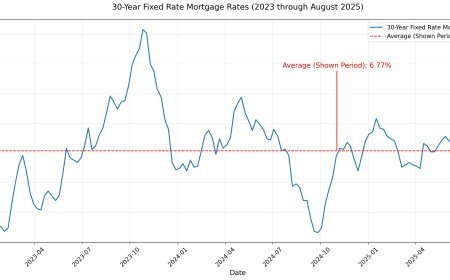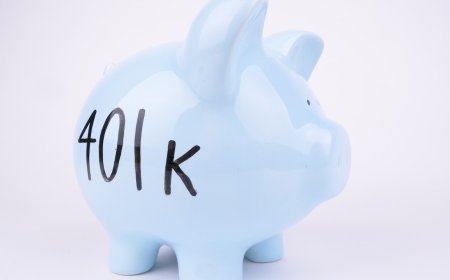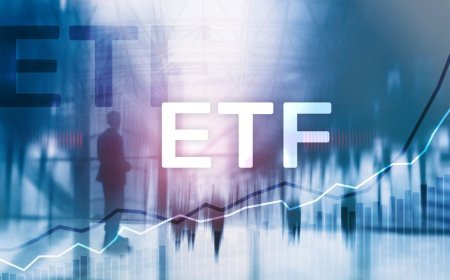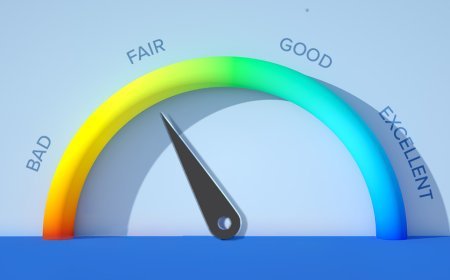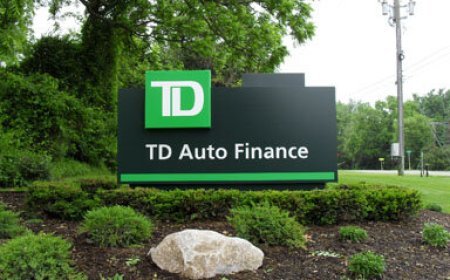Money Market vs Checking Account: Complete Comparison Guide
Compare money market and checking accounts to choose the best banking option for your financial needs, transaction habits, and savings goals.

The decision between a money market account and a checking account represents one of the most fundamental choices in personal banking, yet many people don't fully understand the implications of their choice. Both account types serve essential functions in managing your finances, but they're designed for different purposes and offer distinct advantages depending on your financial habits and goals.
Understanding these differences becomes crucial as you develop more sophisticated financial strategies. The wrong choice can cost you hundreds or even thousands of dollars in lost interest over time, while the right choice can optimize both your earning potential and your banking convenience.
The Nature of Money Market Accounts
Money market accounts represent a hybrid banking product that combines elements of savings and checking accounts. They typically offer higher interest rates than traditional savings accounts while providing limited transaction capabilities through check-writing privileges and debit card access. These accounts emerged as financial institutions sought to offer competitive alternatives to money market mutual funds while maintaining FDIC insurance protection.
The higher interest rates on money market accounts reflect their design as vehicles for storing larger balances that don't require frequent access. Banks can afford to pay more because they expect these funds to remain on deposit longer, allowing them to invest the money in higher-yielding instruments.
However, money market accounts come with restrictions that reflect their savings-oriented nature. Federal regulations historically limited certain types of withdrawals to six per month, though these restrictions have been relaxed in recent years. Many banks still maintain these limits as a way to manage their costs and maintain the account's savings character.
Understanding Checking Accounts
Checking accounts prioritize transaction convenience over earning potential. They're designed for frequent use, supporting unlimited transactions for bill paying, purchases, and cash access. This flexibility comes at the cost of lower or nonexistent interest rates, as banks assume these funds will be accessed regularly and cannot be invested in longer-term instruments.
Modern checking accounts have evolved far beyond simple transaction processing. They often include sophisticated online banking features, mobile check deposits, person-to-person payment systems, and integration with financial management tools. Premium checking accounts may offer additional benefits like ATM fee reimbursements, rewards programs, or relationship banking perks.
Interest Rate Realities
The interest rate differential between money market and checking accounts can be substantial. While traditional checking accounts often offer minimal or no interest, money market accounts typically provide rates competitive with high-yield savings accounts. This difference compounds over time, making account choice increasingly important for larger balances.
However, interest rates fluctuate with market conditions, and the gap between account types can narrow or widen based on Federal Reserve policy and competitive pressures. During periods of very low interest rates, the difference may seem negligible, but when rates rise, the disparity becomes more pronounced.
Some banks offer high-yield checking accounts that bridge this gap, providing competitive interest rates while maintaining transaction flexibility. These accounts often require meeting specific conditions like minimum balances, direct deposits, or transaction quotas to earn the advertised rates.
Transaction Flexibility and Limitations
The transaction differences between these account types reflect their fundamental purposes. Checking accounts support unlimited transactions because they're designed for active money management. You can write as many checks, make as many debit card purchases, and conduct as many online transfers as needed without penalty.
Money market accounts traditionally restricted certain transaction types to encourage savings behavior. While these federal restrictions have been relaxed, many banks maintain them to manage costs and preserve the accounts' savings orientation. Understanding these limitations helps you choose the account that matches your transaction patterns.
Minimum Balance Considerations
Money market accounts typically require higher minimum balances than checking accounts, reflecting their target market of savers with larger deposits. These minimums can range from $1,000 to $10,000 or more, with higher balances often earning better interest rates through tiered pricing structures.
Checking accounts generally have lower barriers to entry, with many offering no minimum balance requirements. This accessibility makes them suitable for people just starting their banking relationships or those with variable income patterns.
The minimum balance requirements aren't just about initial deposits—they often apply ongoing, with fees assessed when balances fall below the threshold. Understanding these requirements helps you avoid unexpected charges and choose an account you can maintain comfortably.
Fee Structures and Hidden Costs
Both account types can involve various fees, but the structures differ based on their intended use patterns. Money market accounts may charge monthly maintenance fees, below-minimum balance fees, and excess transaction fees. However, they often waive ATM fees or provide reimbursements as a competitive feature.
Checking accounts typically focus on transaction-related fees like overdrafts, ATM usage, and wire transfers. Monthly maintenance fees are common but often waivable through direct deposits, minimum balances, or other relationship requirements.
The key to managing fees lies in understanding your banking patterns and choosing accounts whose fee structures align with your usage. A high-fee account might be worthwhile if its benefits outweigh the costs, while a low-fee account might be perfect for straightforward banking needs.
Strategic Account Usage
Many successful money managers use both account types strategically, leveraging each for its strengths. A checking account handles daily transactions and bill paying, while a money market account stores emergency funds and short-term savings goals. This approach maximizes both convenience and earning potential.
Automatic transfers between accounts can optimize this strategy, moving excess funds from checking to money market accounts to earn higher returns while maintaining transaction flexibility. Some banks offer relationship packages that reduce fees and provide additional benefits when you maintain multiple accounts.
Technology and Modern Banking
Today's banking technology has blurred some traditional distinctions between account types. Mobile banking apps, real-time transfers, and integrated financial management tools make it easier to move money between accounts and optimize your banking strategy.
However, the fundamental characteristics remain important. Understanding whether you prioritize earning potential or transaction flexibility helps guide your choice, even as technology makes both more accessible.
The choice between money market and checking accounts ultimately depends on your financial priorities, transaction patterns, and balance capacity. Rather than viewing it as an either-or decision, consider how each account type might fit into your overall banking strategy. The right combination can provide both the convenience you need for daily banking and the earning potential to grow your money over time.
What's Your Reaction?
 Like
0
Like
0
 Dislike
0
Dislike
0
 Love
0
Love
0
 Funny
0
Funny
0
 Angry
0
Angry
0
 Sad
0
Sad
0
 Wow
0
Wow
0







